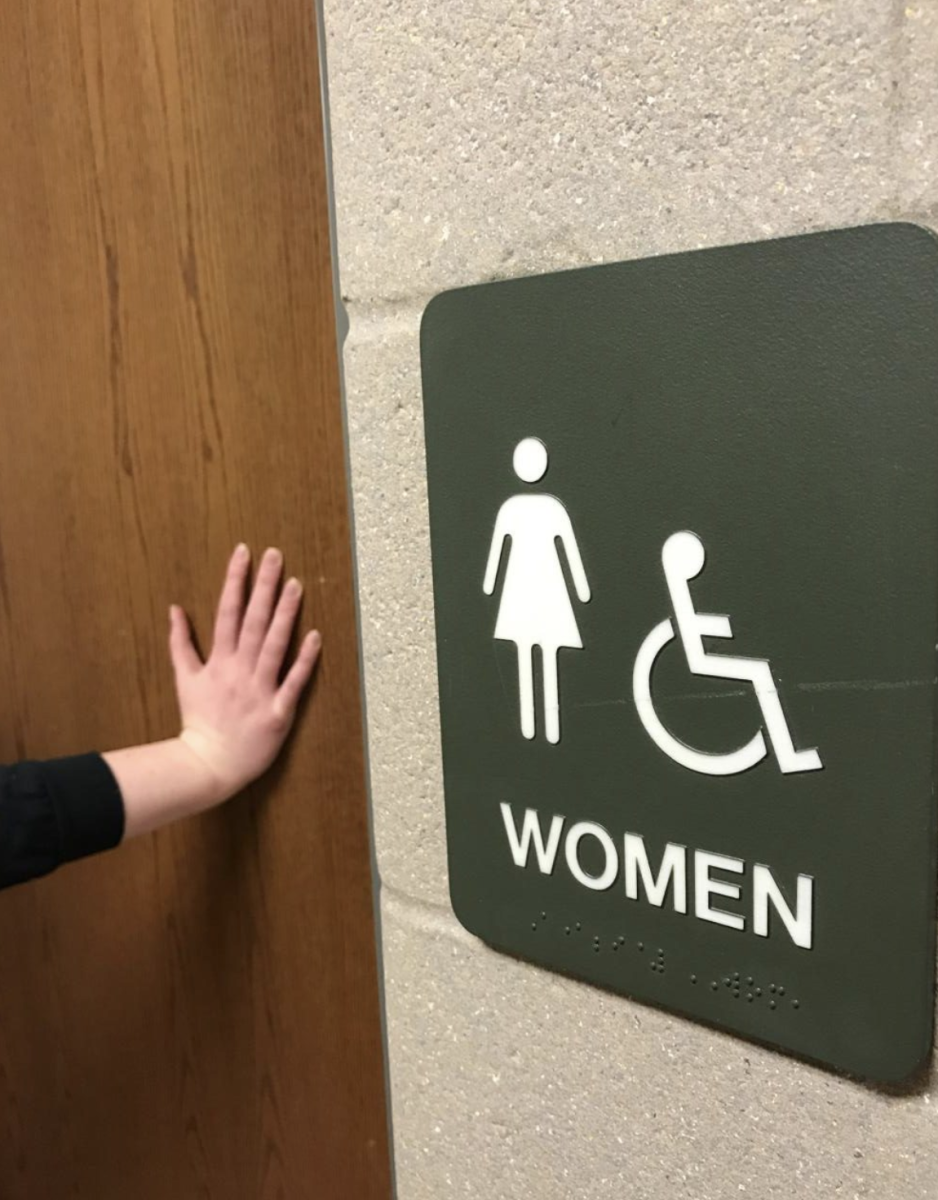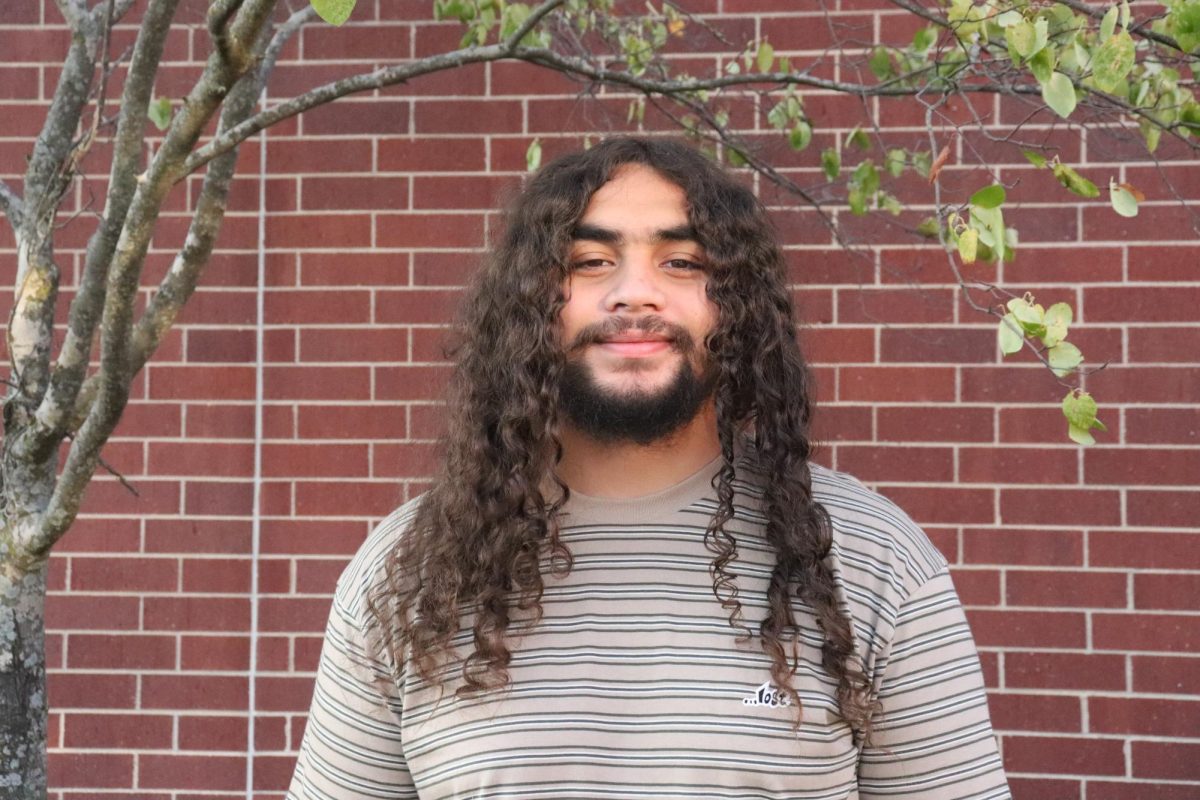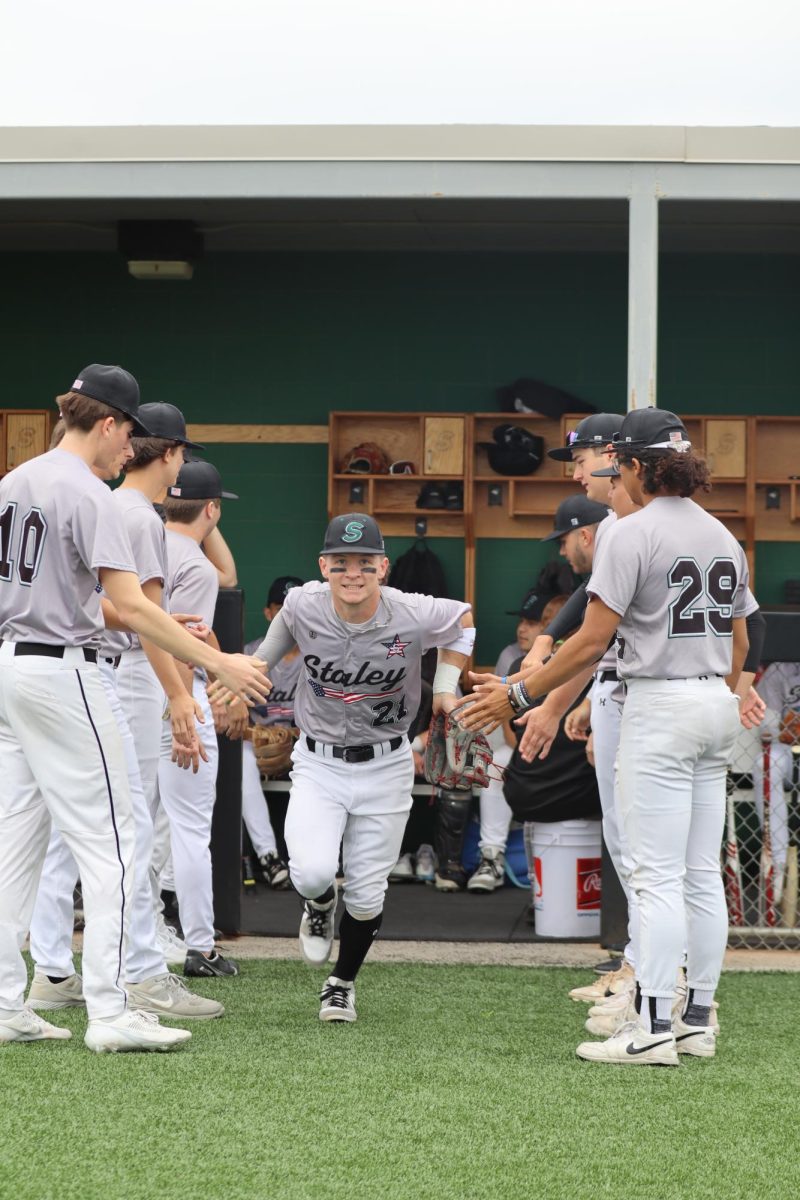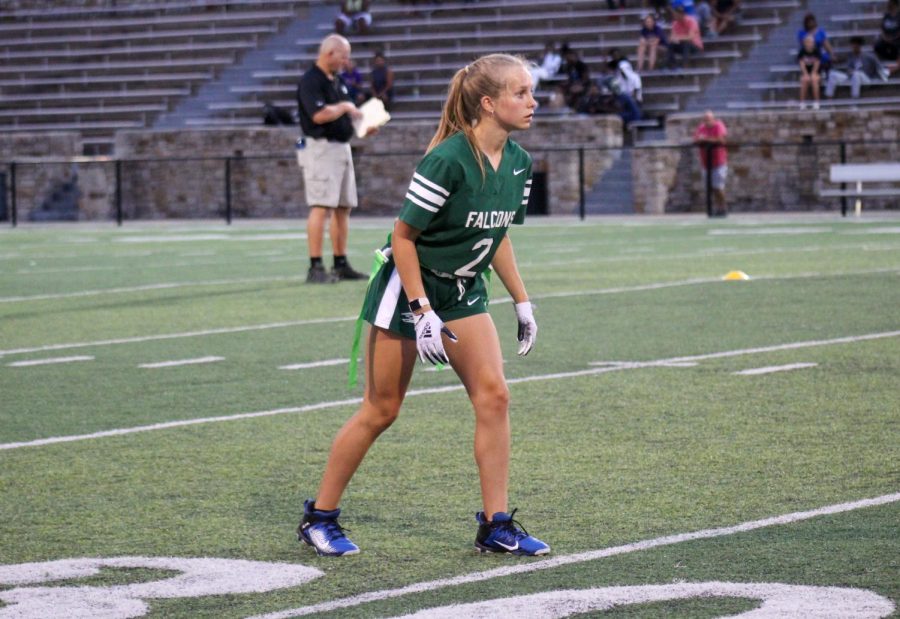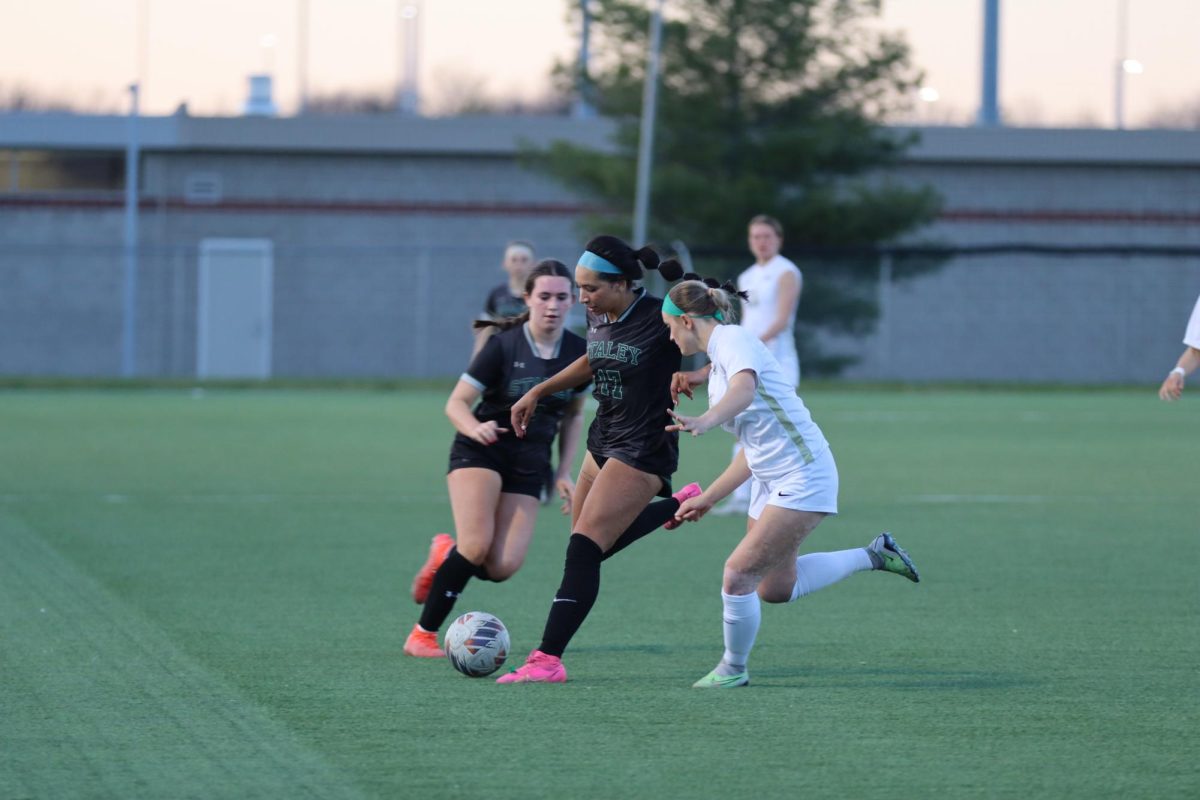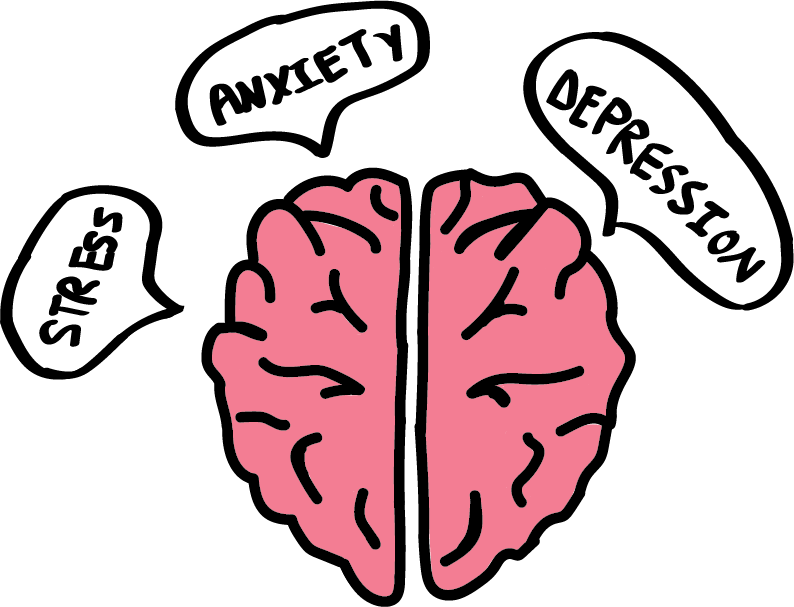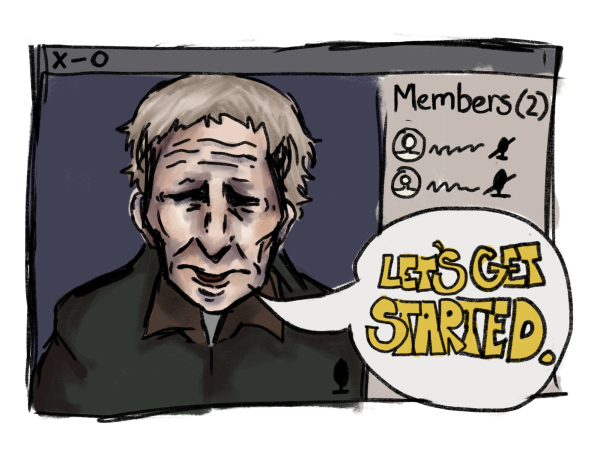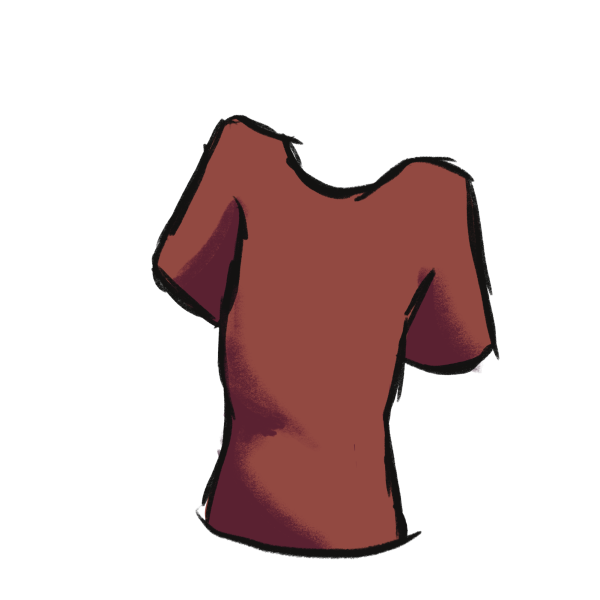Editorial: Mental Health Acceptance
In 2016, 49 percent of teens were diagnosed with a mental illness, according to the National Alliance on Mental Illness. Mental illnesses are defined as disorders that affect someone’s mood, thinking and behavior, such as depression, anxiety and obsessive compulsive disorder, among others.
Although the handbook says that you can have an absence due to a “medically documented illness,” it never specifies what kind of illnesses that are classified under that.
Statistics show that 1 in 5 teenagers are diagnosed with a mental illness. That means about 305 of students could be dealing with a mental illness right now.
Although a few clubs are starting to take mental illnesses more seriously, it is still something that needs to be addressed. Some teenagers shy away from this topic, but it shouldn’t be something to be afraid of.
In January, student council held the first annual “Mental Health Week.” Every day of the week, Stuco shed some light on a different mental illness. One day was devoted to anxiety, another was devoted to eating disorders and another was devoted to drugs and alcohol. They decorated the halls, bathrooms and classrooms with uplifting words on Post-Its. Such as “You can do this,”or “You look beautiful today,” were among the messages. If the school leadership council can start to take mental illnesses seriously, then the student body can start taking it seriously too. If the handbook addressed the mental health issue, students would start feeling more comfortable around that topic.
Some students don’t know how to help or even talk to other students about mental illnesses because they aren’t as educated on the topic, making them feel uncomfortable, according to the school social worker Tammy Slauson.
The school should educate us more on the topic so students don’t feel as uncomfortable, even writing in the handbook what kinds of accommodations they can make for students with mental illnesses.

